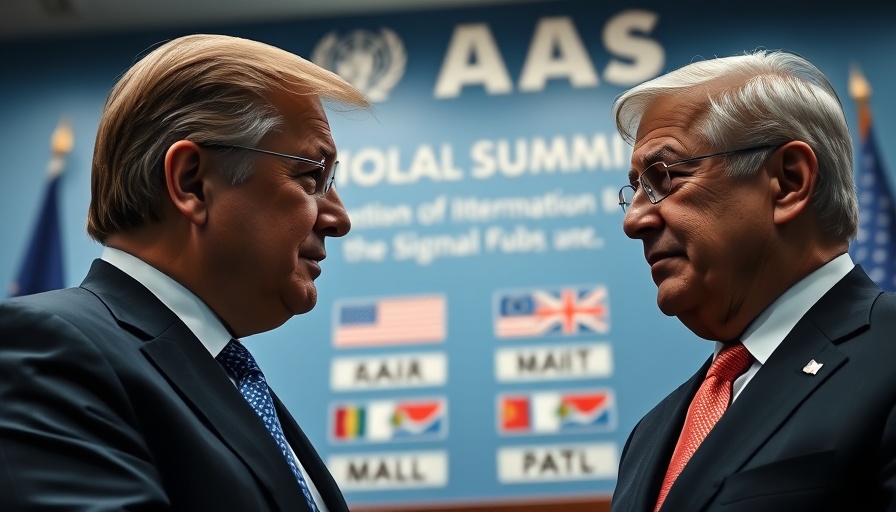
Understanding Trump's Tariff Confusion
The ongoing debate about tariffs has been further complicated by President Donald Trump's conflicting statements. Aimed at business professionals keen on economic forecasts, these rapid shifts in rhetoric leave many wondering whether this is a case of 'strategic uncertainty' or genuine ambivalence.
Trump's communication has often created a ripple of confusion regarding his intentions about trade with China. Analysts argue that the President's unpredictable comments can influence market behaviors, especially given the interconnected nature of today’s global economy. Understanding Trump’s position is increasingly vital for industry stakeholders, from venture capitalists backing tech industry trends to local businesses impacted by national trade policy.
Strategic Uncertainty or Genuine Ambivalence?
Some experts suggest that Trump's contradictory statements might be a deliberate tactic, designed to keep both allies and adversaries on their toes, thereby allowing him to maneuver more freely during negotiations. Such actions can lead to what is dubbed 'strategic uncertainty,' which has both pros and cons for businesses. For instance, it may provoke a sense of caution among investors, potentially altering venture capital funding rates in the Bay Area startups and impacting broader business growth strategies.
The Local Business Impact
In the Bay Area, tech industry updates often intersect with regulatory changes that stem from national dialogue about tariffs. Local businesses must navigate these fluctuations—whether they’re in the process of a merger or planning for sustainability and green business practices. Uncertainty in tariffs could lead to heightened caution in investment decisions for commercial developments, alongside future predictions that might stall necessary innovations.
Embracing Change In The Face of Ambiguity
For business professionals, embracing an adaptive mindset can be crucial. As tariffs shift, so too do opportunities for growth. Businesses might focus on enhancing supply chain resilience or adjusting strategies for international collaborations, ensuring they remain competitive. The ability to pivot in response to regulatory changes will be integral for long-term survival in the market.
Conclusion
Amidst the conflicting narratives surrounding tariffs, it is vital for stakeholders to remain informed and flexible. The landscape is evolving, and those who adapt will thrive in the emerging economic environment.
 Add Row
Add Row  Add
Add 



Write A Comment